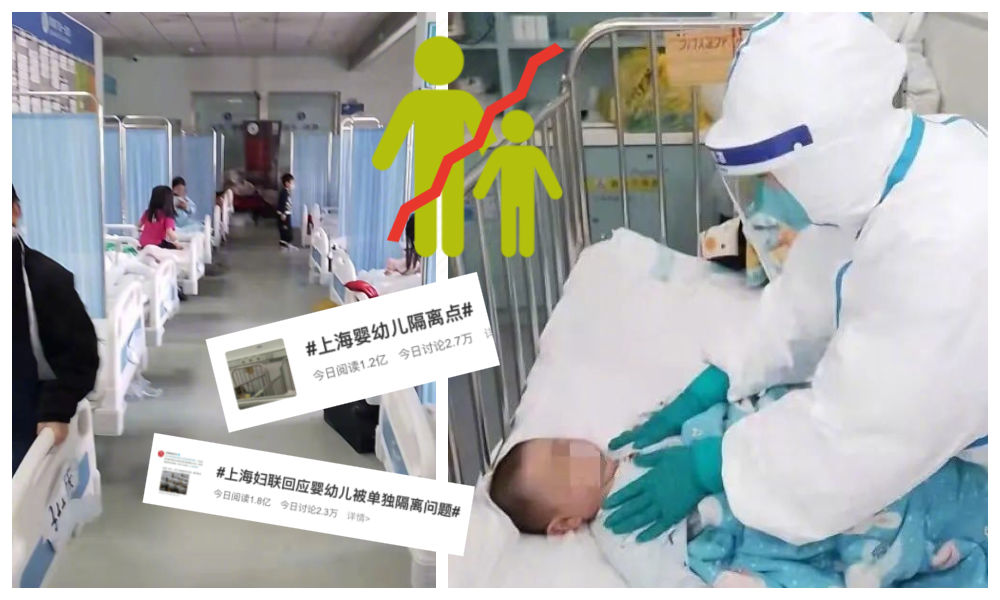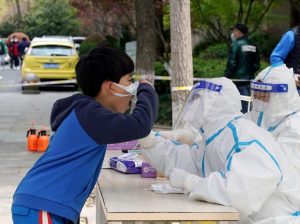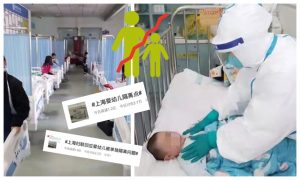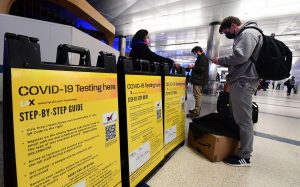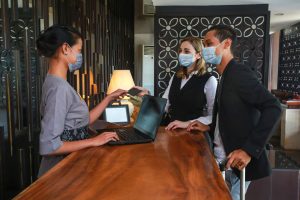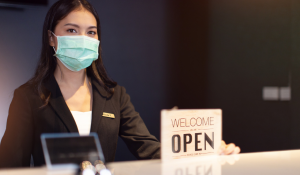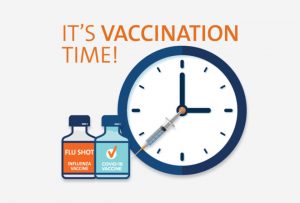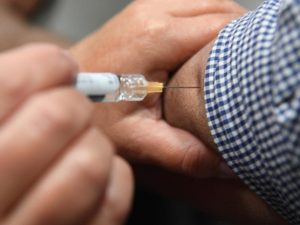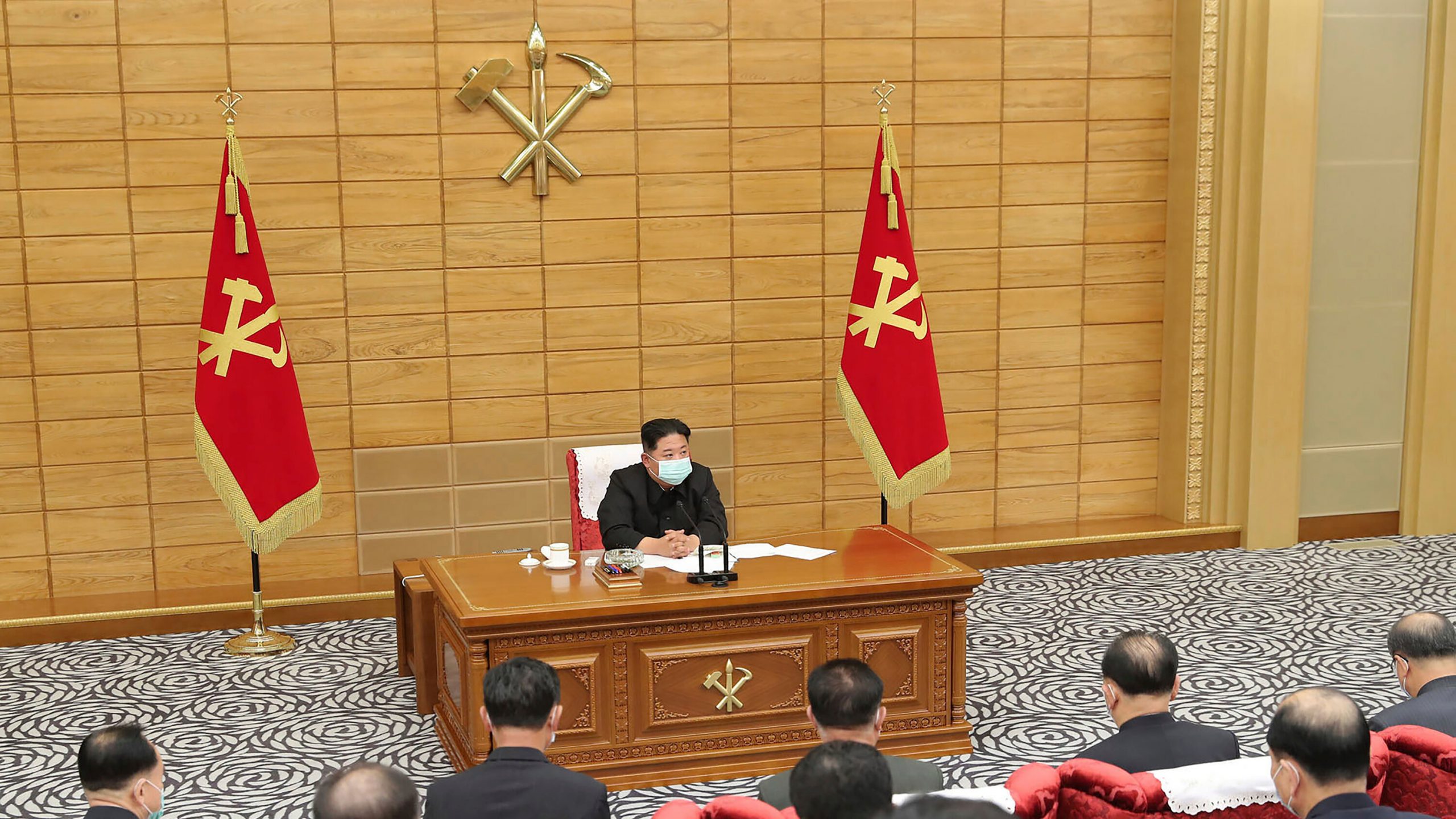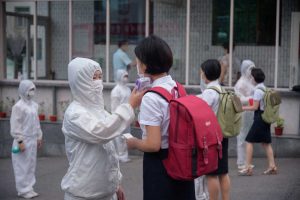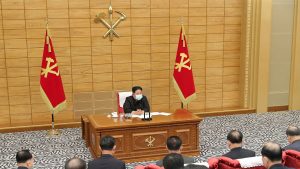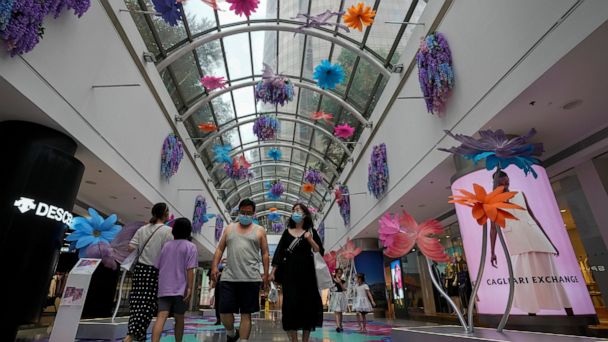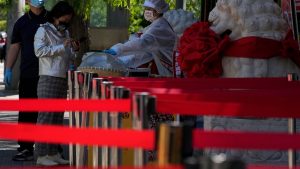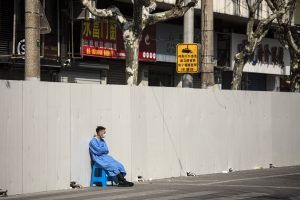Even with surging numbers, after two years of restrictions and lockdowns, and with vaccination rates rising, some countries in the north of Europe are moving to completely scrap COVID protocols imposed to keep the virus from circulating.
Here’s a look at what they’re doing.
Sweden
During the pandemic, Sweden has made international headlines for consistently, and somewhat controversially, resisting lockdowns while the rest of the world opted for them.
And this week, the Scandinavian country raised further eyebrows when it said the pandemic was essentially “over”, scrapped almost all of its few remaining restrictions, and stopped most testing for COVID-19, even as the pressure on the healthcare systems remained high and some scientists begged for more patience.
With vaccines and the Omicron variant cushioning severe cases and deaths, Health Minister Lena Hallengren said COVID-19 would no longer be classified as a danger to society.
Nearly 74 per cent of Sweden’s population has been fully vaccinated against COVID-19, according to Johns Hopkins University.

Denmark
Denmark, Sweden’s Nordic neighbour, on 1 February lifted all restrictions introduced to prevent the spread of the Omicron variant after officials said they no longer considered COVID-19 “a socially critical disease”.
Officials said that while Omicron is surging in the country – deaths and case numbers have hung around record levels in the days since restrictions were lifted – the variant was not placing a heavy burden on the health system.
Authorities on Friday also said they were considering “winding down” the country’s vaccination program and saw no reason now to administer a booster dose to children or a fourth shot to any more residents at risk of severe COVID-19.
The Danish Health Authority said the third infection wave in the European country was waning “due to the large population immunity”.
More than 80 per cent of Denmark’s population is fully vaccinated, according to JHU
.
Norway
Norway also lifted a swathe of COVID-19 restrictions on 1 February, though it kept recommendations to keep a one-metre distance from others and a requirement to wear a mask when this is not possible.
Prime Minister Jonas Gahr Støre said at the time of the announcement “that even though many people are becoming infected with COVID-19, lower numbers of people are being admitted to hospital”.
Since then, cases and deaths have ballooned to record levels, and hospitalisations have begun to rise again as well.
Vaccination rates in Norway sit at nearly 75 per cent, and Mr Støre said that uptake gave authorities confidence to relax the restrictions.
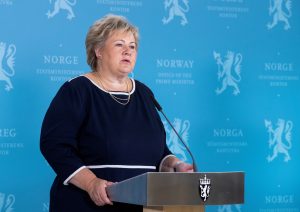
England
Amid revelations of apparent COVID-19 breaches at his own workplace, British Prime Minister Boris Johnson announced this week all regulations could be scrapped in England within a fortnight – including the requirement to isolate after testing positive for the virus
Mr Johnson told the British parliament on Thursday he would, if infection levels remain stable, bring the changes forward by a month.
Mr Johnson’s spokesman later told reporters it was justified by falling case numbers and hospitalisation rates but noted the law to self-isolate could be reimposed promptly in response to any dangerous new variant.
About 73 per cent of the population has been double vaccinated, according to JHU.
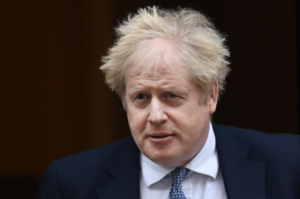
Finland
Finland is looking to make similar moves as well, with the government saying earlier this month it would remove curbs on public gatherings from 14 February.
Prime Minister Sanna Marin said the overall plan was to remove all restrictions at the start of March, and that the country would closely monitor developments in Norway and Denmark.
Despite high infections around the turn of the year, Finland remains among countries least affected by the pandemic.
This past Thursday, with numbers hovering at record levels, it had a seven-day COVID case and death average of 8,939 and 17 respectively.
According to JHU, Finland has vaccinated 76 per cent of its population.



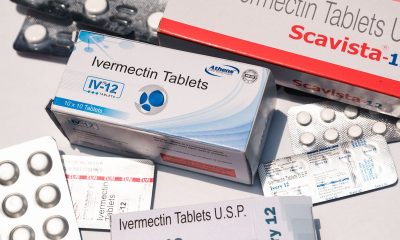
 COVID-19 Around the World3 years ago
COVID-19 Around the World3 years ago
 Cuisine Explorer4 years ago
Cuisine Explorer4 years ago
 Arabic2 years ago
Arabic2 years ago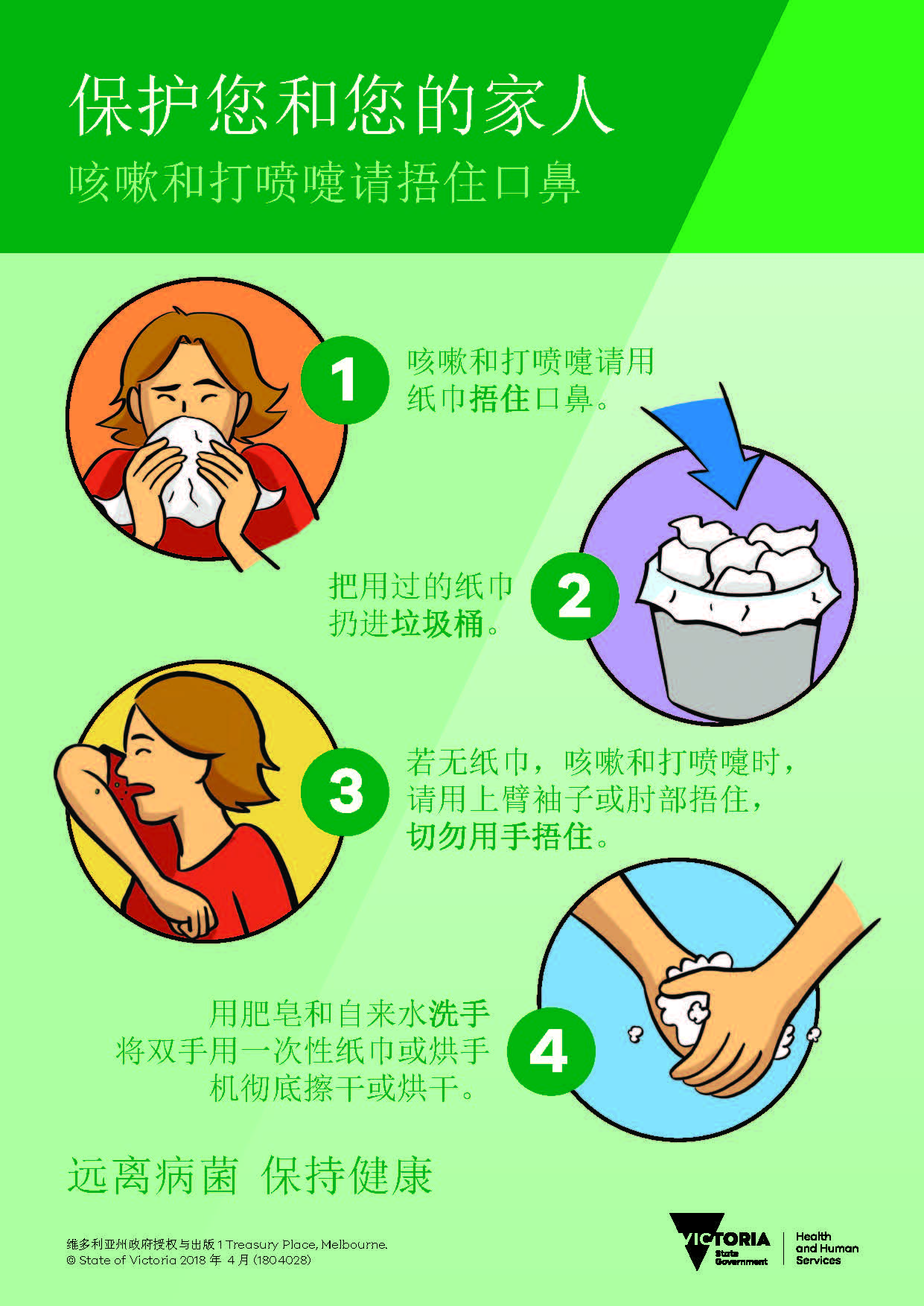
 Cantonese - Traditional Chinese4 years ago
Cantonese - Traditional Chinese4 years ago
 Tagalog4 years ago
Tagalog4 years ago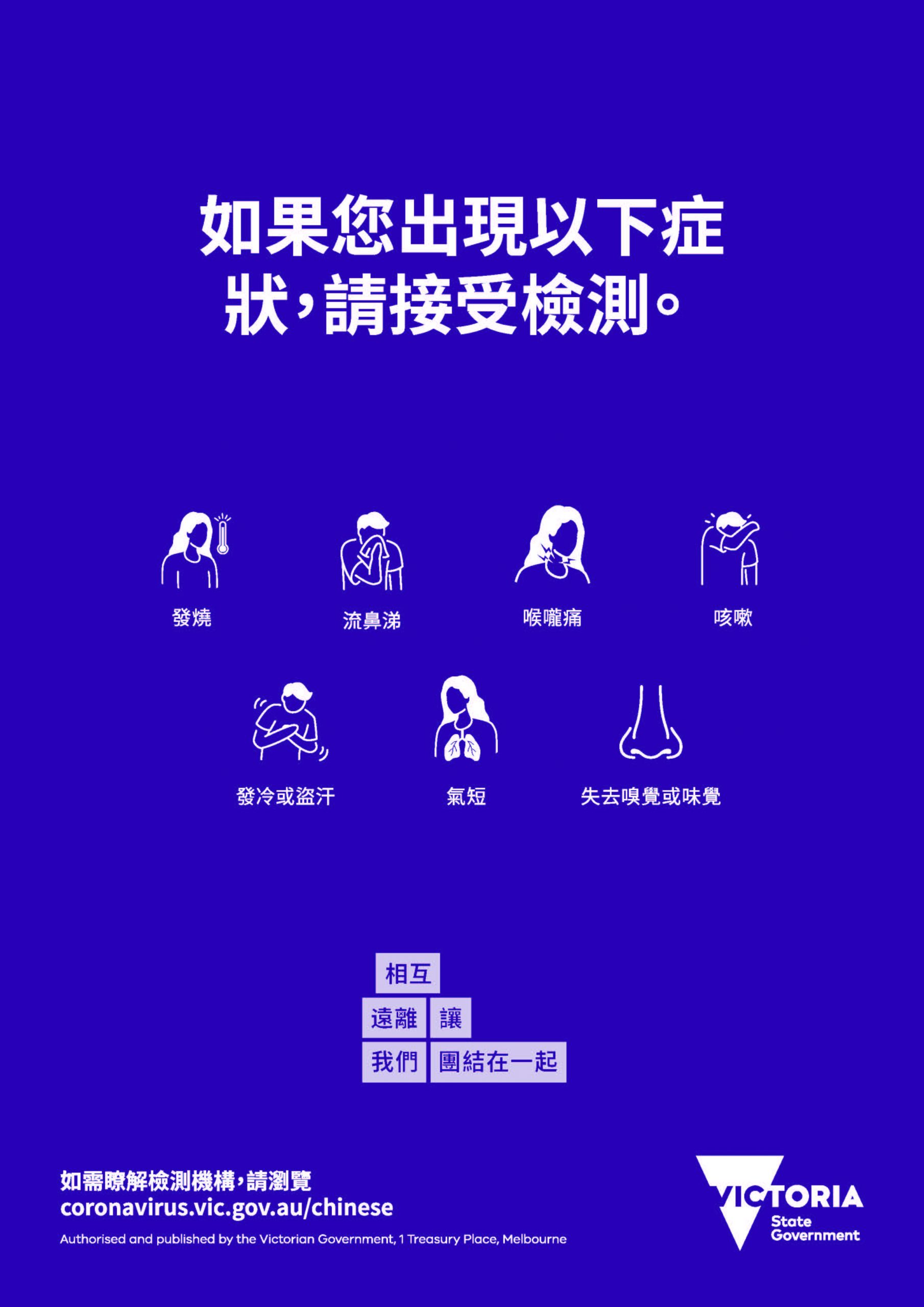
 Uncategorized4 years ago
Uncategorized4 years ago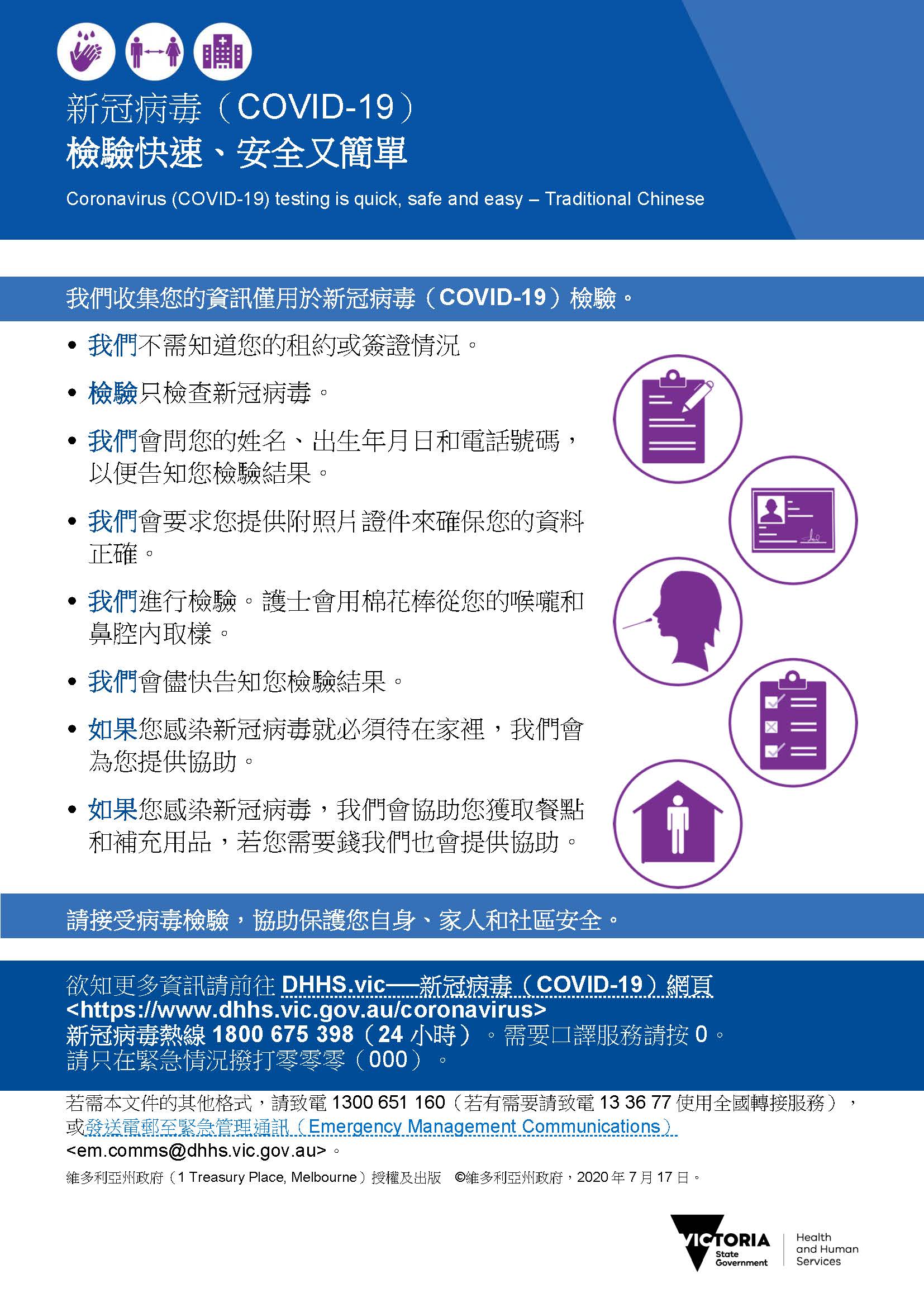
 Uncategorized4 years ago
Uncategorized4 years ago







